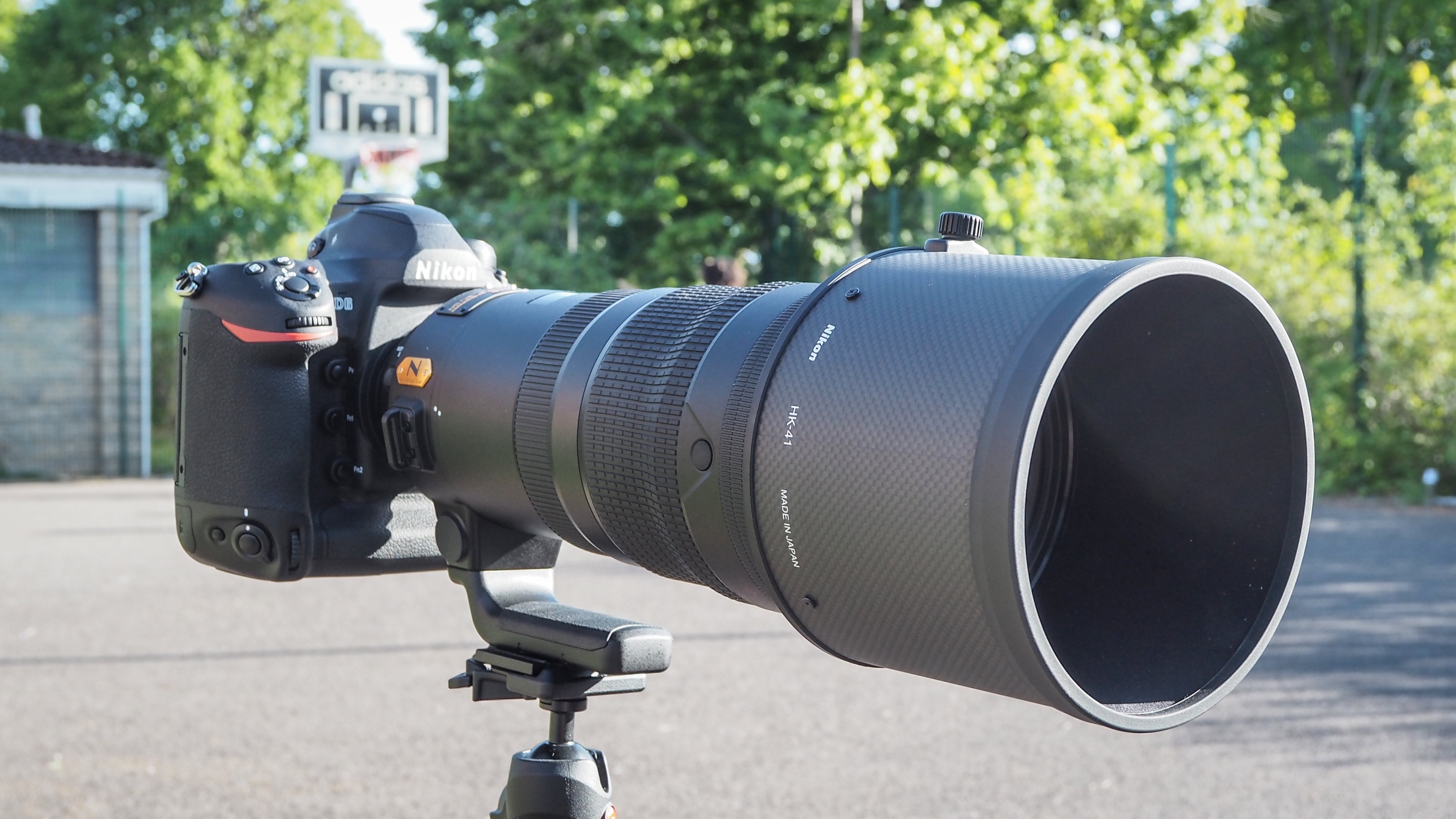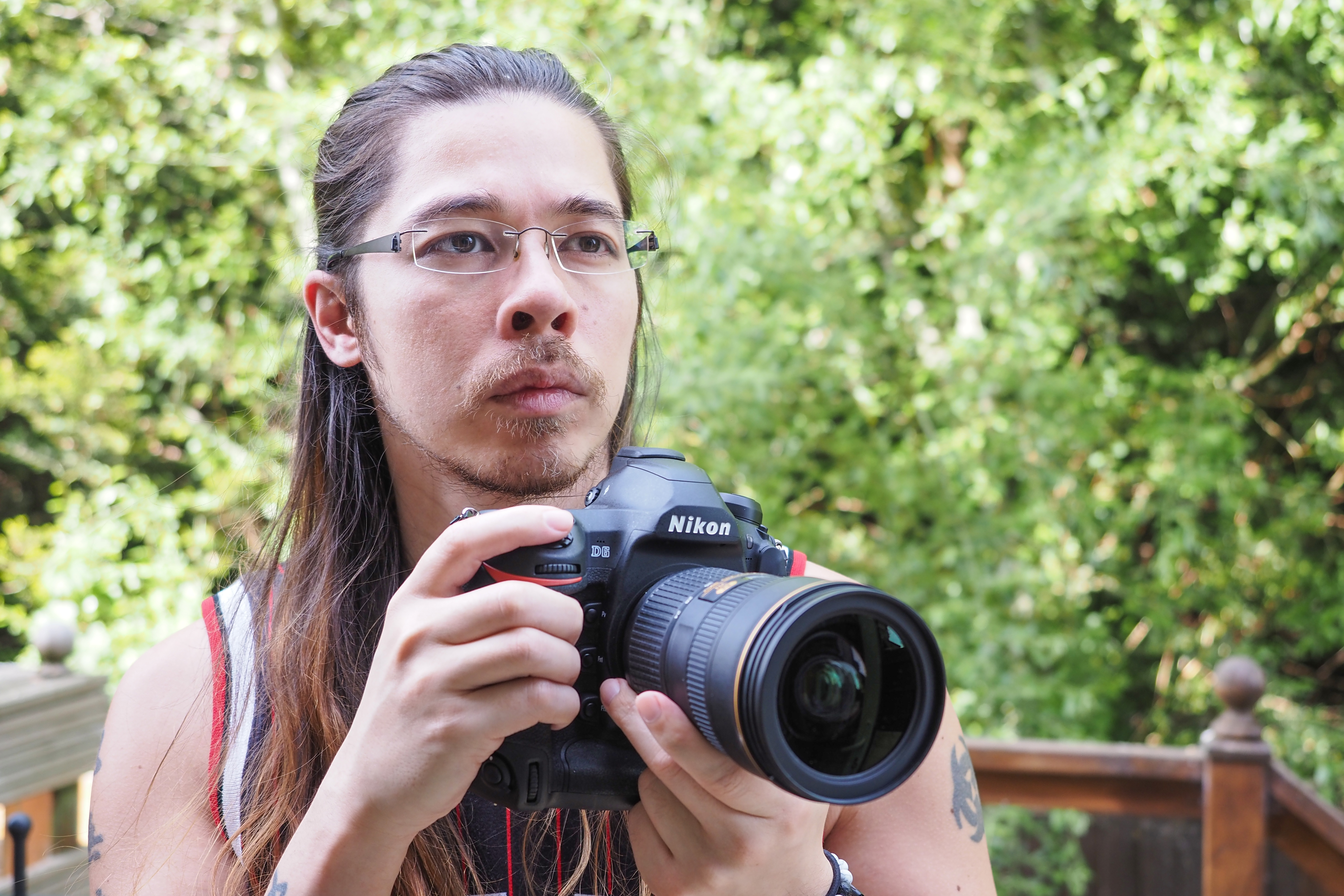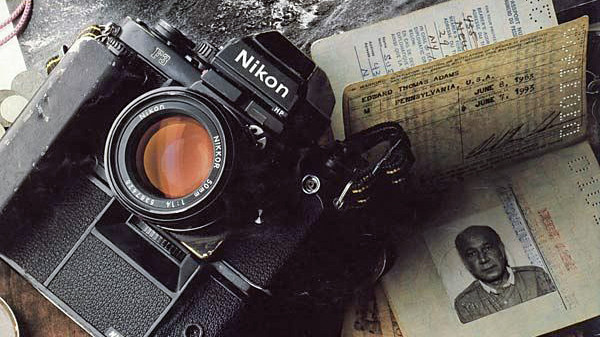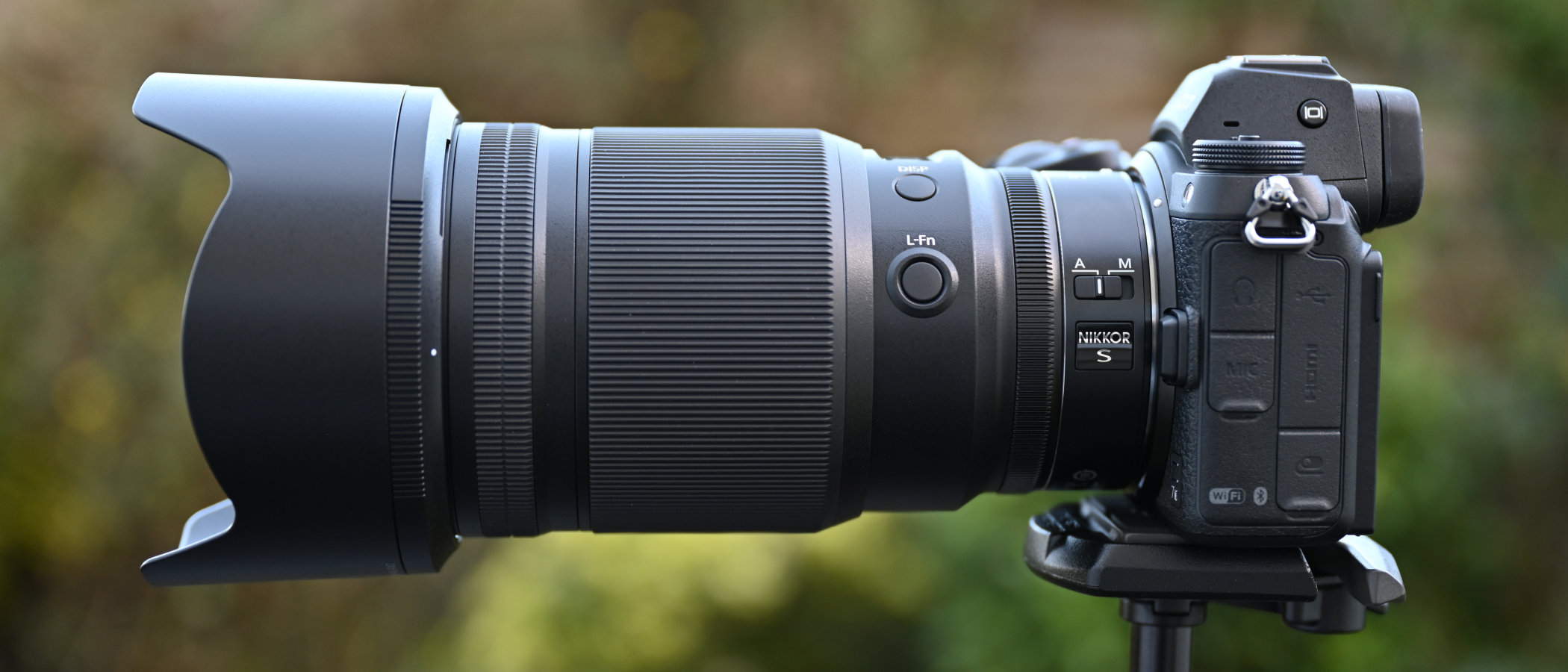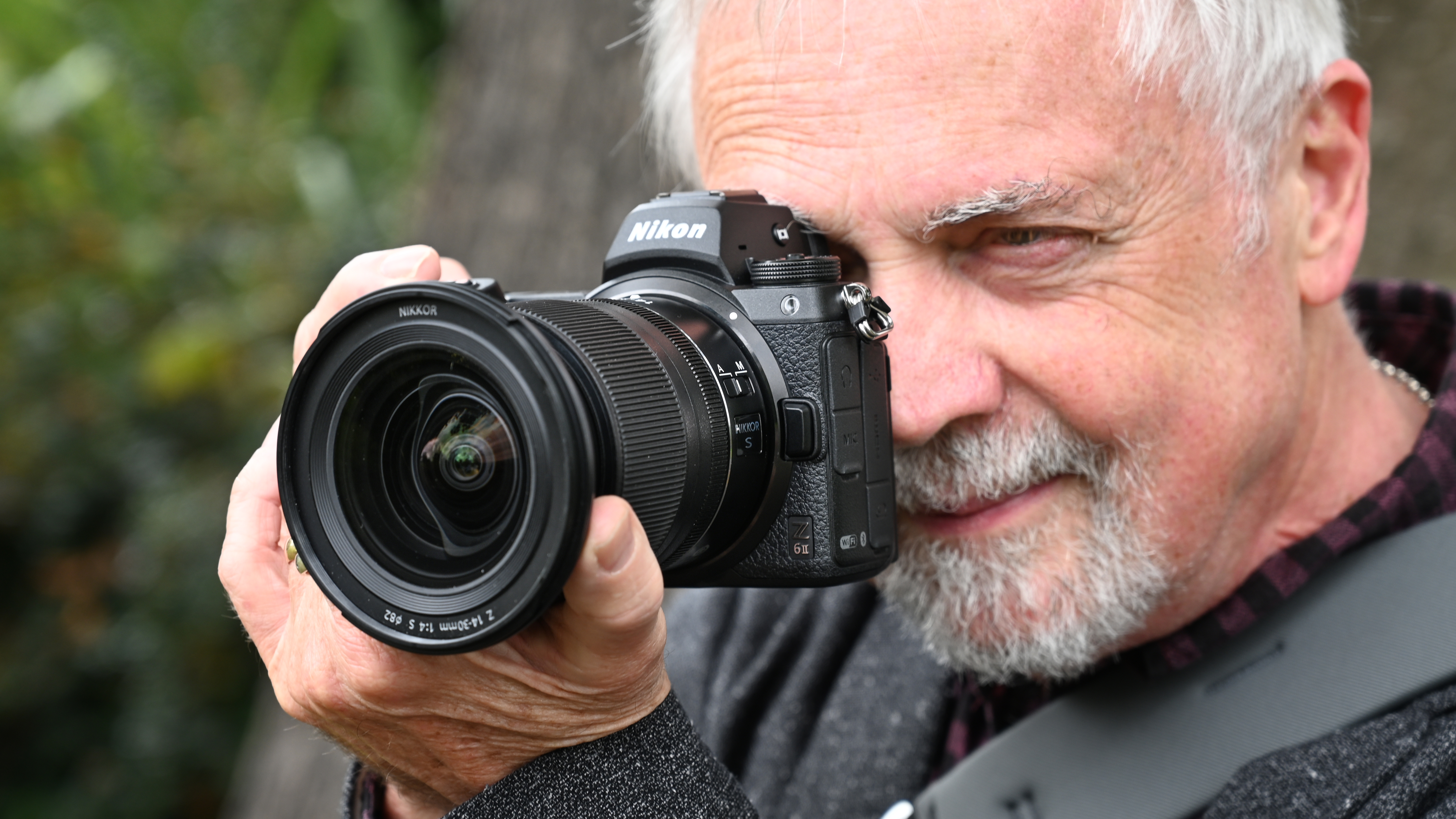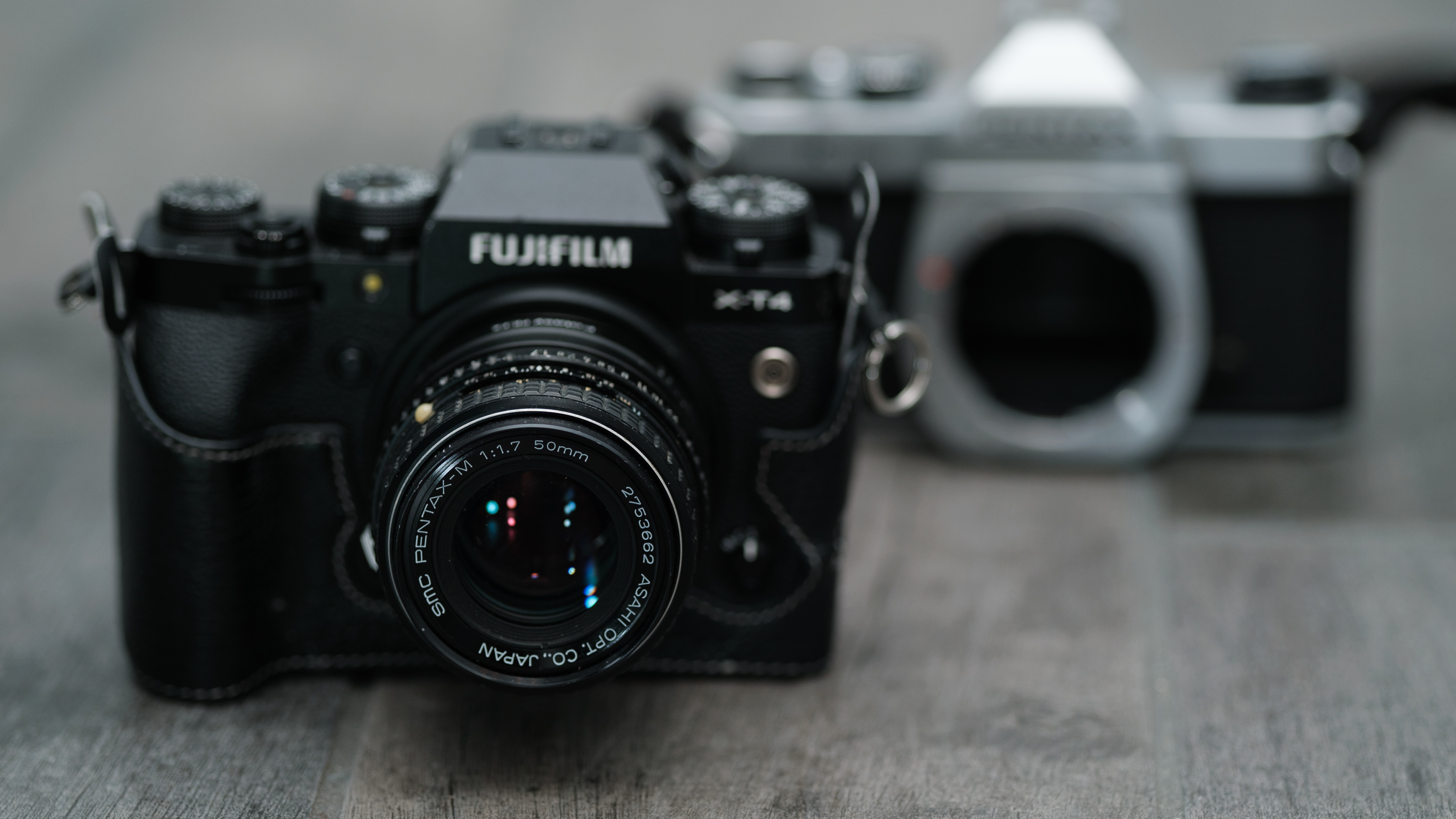Nikon in 2020: What happened, why and where next for the Big N?
Nikon waved hello to a new flagship and three new mirrorless cameras – but goodbye to its last ever 35mm film camera

Ignoring the giant elephant in the room, Nikon fans will remember 2020 as a bumper year for full-frame cameras and Z-mount lenses. Despite challenges posed by the global pandemic, the Big N launched no fewer than five full-frame cameras across its DSLR and mirrorless systems, along with six Z-mount lenses, bringing Nikon’s total lineup of mirrorless glass to 16.
It was a comparatively quiet year for F-mount, but the release of the Nikon D6, Nikon D780 and Nikon AF-S 120-300mm f/2.8E FL ED SR VR was proof that the manufacturer is still delivering the goods for DSLR stalwarts. Alas, a positive year for releases was marred slightly by the recent news that Nikon will no longer manufacture cameras from its Sendai Nikon facility in Japan, with production set to shift to its satellite plant in Thailand.
And yet with a maturing Z system and Z8 / Z9 rumors galore, there’s plenty to be excited about Nikon in 2021 and beyond.
January
Nikon hit the ground running with two cameras and a lens release straight out of the gate. The Nikon P950, D780 and AF-S 120-300mm f/2.8E were all announced on 07 January. The P950 boasted a meaty optical zoom – like any of the best bridge cameras should – and was remarkably the only Nikon camera release of the year that wasn’t full frame.
The eagerly anticipated successor of one of the most popular Nikon DSLRs ever (the Nikon D750) was Nikon’s first full-frame launch of 2020. The Nikon D780 surprised the imaging world by pairing its traditional DSLR build with a 273-point Hybrid AF system for Live View shooting, pilfered straight from the excellent Nikon Z6.
Nikon’s announcement that it was developing a fast, premium F-mount optic that would appeal to sports shooters back in September 2019 wasn’t surprising, considering that the 2020 Olympics was – then, at least – just around the corner. And by January 27 when rumors that a new camera registration was the long-awaited Nikon D6, the AF-S 120-300mm f/2.8E FL ED SR VR was the perfect accompaniment.
February
As expected Nikon’s flagship DSLR was confirmed on February 12 and boasted “the most powerful AF in Nikon history”. The laymen might have found the Nikon D6’s lack of headline improvements surprising, but the pro-spec camera was designed to be a rugged workhorse for working photojournalists and sports photographers specifically, not to mention a bastion of Nikon’s coveted flagship lineage.
The best camera deals, reviews, product advice, and unmissable photography news, direct to your inbox!
The Nikon Z 20mm f/1.8 S and Nikon Z 24-200mm f/4-6.3 VR were the first Z-mount releases of the year. On February 19 we delivered our Nikon P950 review, which scored three stars. We praised its quality EVF, ability to shoot 4K video, portability and mega 83x optical zoom. However, its image quality and launch price prevented it from scoring higher.
The month finished with news that the eagerly anticipated Nikon 70-200mm f/2.8 Z had been delayed indefinitely.
May
There was much rejoicing in May, with news that SanDisk CFexpress memory cards were finally fully compatible with the Nikon Z7 and Z6, broadening the full-frame mirrorless duo’s CFexpress support.
May was also the month the Big N gained plenty of cultural capital thanks to GQ's June/July 2020 issue, when Twilight superstar and the Caped Crusader himself, Robert Pattinson, used a Nikon DSLR to shoot his own cover.
July
Nikon was back with a slew of releases including two teleconverters and a standard zoom, but the big news was the surprisingly swift announcement of the Nikon Z5. The entry-level full-frame mirrorless camera featured a 24.3MP sensor, IBIS, provision for dual UHS-II SD cards and an almost identical form factor to the existing Z6 and Z7.
The accompanying Nikon Z 24-50mm f/4-6.3 kit lens was touted as "the shortest and lightest full-frame mirrorless zoom lens," by Nikon, weighing in at just 195g. Of the two new Nikon Z teleconverters announced, the Nikon TC-1.4x, boasted an increased reach of 40%, while the Nikon TC-2.0x, enabled users to double their lens’ focal length. At the time the teleconverters were only officially compatible with the Nikkor Z 70-200mm f/2.8 VR S, which was still sitting in release date limbo.
The Nikon Z50 received a welcome firmware update that implemented Animal AF just like its full-frame Z camera siblings. This meant the DX mirrorless camera could detect the eyes and faces of dogs and cats.
As the world leaned into remote working in a bid to combat the coronavirus pandemic, Nikon announced its Webcam Utility software, enabling many Nikon users to use cameras as webcams.
August
While the photographic industry continued its push towards mirrorless, and the world of 35mm film cameras shrank ever smaller, August was the month that the legendary Nikon F3 celebrated its 40th birthday.
September
On September 16 Nikon announced yet more mirrorless lenses in the form of the Nikon Z 50mm f/1.2 S and Nikon Z 14-24mm f/2.8 S, two super-fast lenses from the manufacturer’s premium S-Line of optics.
And the month drew to a close in the best of ways when a countdown timer appeared on its website for the Z6 II and Z7 II…
October
Only one thing was on the minds of Nikon fans in October: the dual release of the Nikon Z6 II and Nikon Z7 II. The full-frame mirrorless pairing’s headline specs included dual Expeed processors, better autofocus and – by popular demand – dual memory card slots.
The well-rounded Z6 II was built to include a much higher maximum ISO, better low-light focusing and faster burst speeds. While the stills-focused Z7 II was armed with a mighty 45.7MP sensor and considerably more focus points.
November
In our Nikon Z6 II review we awarded the camera four stars and praised its dual card slots, improved burst shooting and boosted AF performance – though the camera’s hybrid shooter-targeted audience meant that we would have preferred a fully articulating screen and uncropped 4K UHD at 60fps.
And yet the Z6 II’s refined rather than reimagined upgrade from its predecessor is a reminder of just how good the Nikon Z6 really is. The Z6 II is clearly the definitive offering out of the two, and when you consider its competitive pricing and all that lovely Z-mount glass, it comes highly recommended.
Our Nikon Z 14-24mm f/2.8 S review signaled the complete ‘holy trinity’ of fast Z-mount zooms and just missed out on top honors with 4.5 stars. Despite the hefty price tag we were mightily impressed by the lens’s “Stunning image quality” and “Excellent build and handling,” exactly what we’ve come to expect from Nikon’s excellent S-Line of lenses.
December
Nikon kicked off the festive season by updating the D850, D5 and D500 with CFexpress card support. CFexpress’s backwards compatibility meant it was only a matter of time until the trio of XQD-touting DSLRs got CFexpress Type B support… but did it spell RIP for the XQD format?
We then caught wind that the legendary Nikon F6 had been discontinued. Nikon’s last ever 35mm film camera was on the market for a staggering 16 years and, although the news wasn’t altogether surprising, it was definitely the end of an era.
Fitting of the festive season, Nikon Europe announced it would team with the NOOR Foundation to provide free training to aspiring documentary photographers.
2020 has been a difficult year for the photography industry and the wider world in general. And yet when it has mattered, Nikon has delivered the goods. Despite the odds, the Big N managed to bring us six new cameras and a plethora of top-notch glass. As the manufacturer shores up its Z-mount lens line-up, and with rumors of a beefy Z8 / Z9 on the horizon, we await 2021 with bated breath.
Read more:
Best Nikon cameras
Best Nikon lenses
Best Nikon Z lenses
Best Nikon telephoto lenses
Best Nikon wide-angle zoom lenses

Mike studied photography at college, honing his Adobe Photoshop skills and learning to work in the studio and darkroom. After a few years writing for various publications, he headed to the ‘Big Smoke’ to work on Wex Photo Video’s award-winning content team, before transitioning back to print as Technique Editor (later Deputy Editor) on N-Photo: The Nikon Magazine.
With bylines in Digital Camera, PhotoPlus: The Canon Magazine, Practical Photography, Digital Photographer, iMore, and TechRadar, he’s a fountain of photography and consumer tech knowledge, making him a top tutor for techniques on cameras, lenses, tripods, filters, and more. His expertise extends to everything from portraits and landscapes to abstracts and architecture to wildlife and, yes, fast things going around race tracks...
